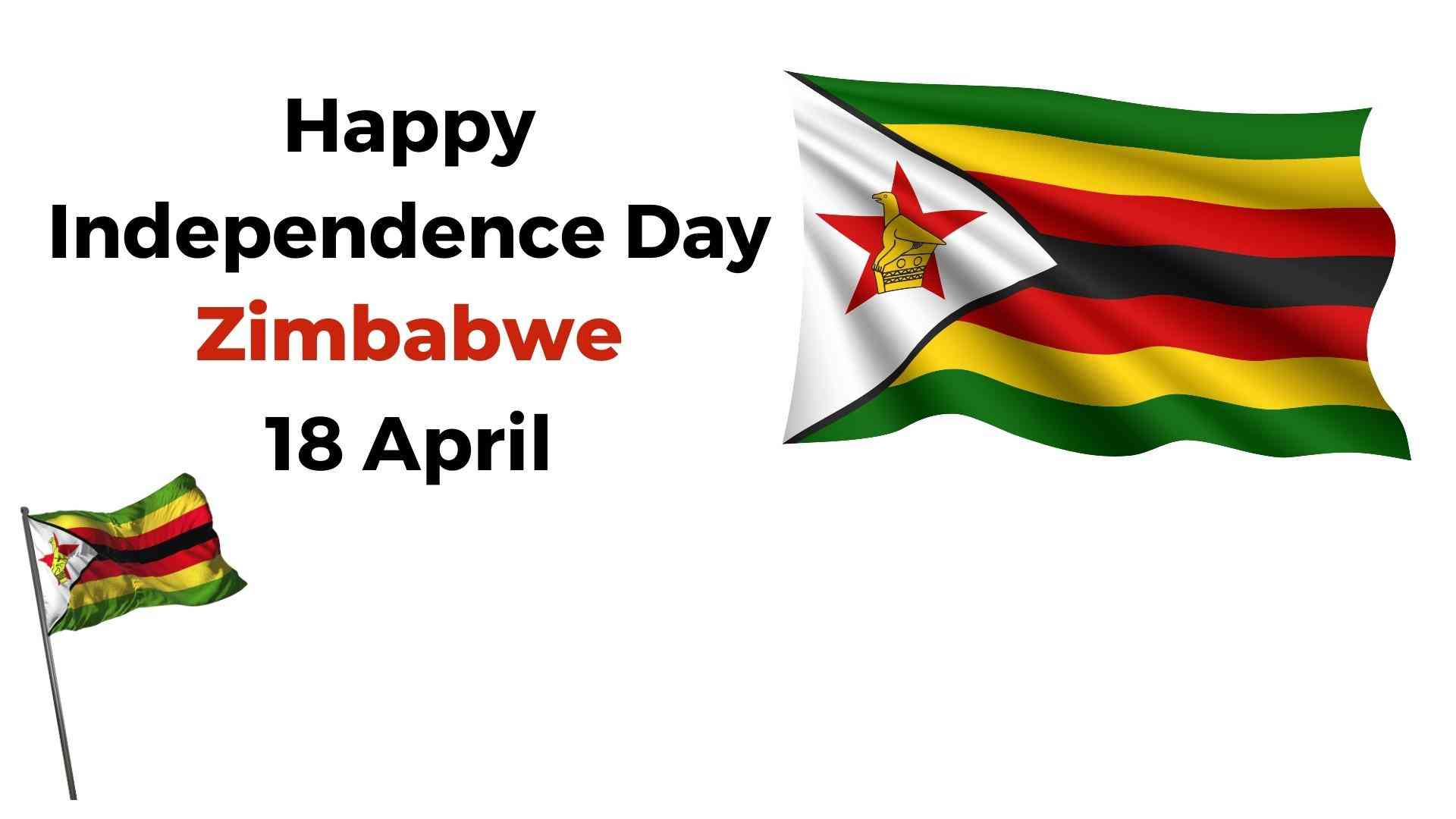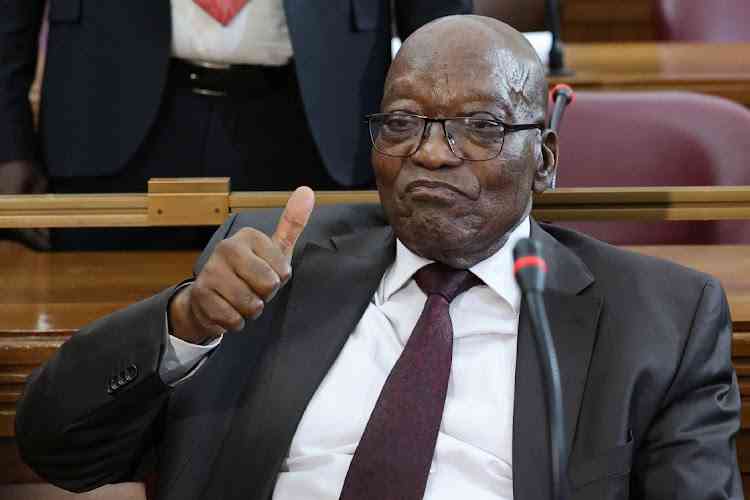
guest column:Tsepang T Nare
An attitude is like a flat tyre, with it everything remains stagnant and out of touch but change in behaviour results in a phenomenal way of doing things. It is at that point that one begins to view things differently than the way one used to. At that instance, foresight begins to eliminate hindsight.
The advent of the Disabled Persons Act of 1992 saw Zimbabwe being elevated to a higher status as the Act was a first of its kind on the African continent. What made the document a touchstone was that it addressed pertinent issues to do with discrimination, equality, accessibility among many other issues.
Its primary objective being to ensure that a person with a disability lives a life of dignity, and gets to enjoy and perform at an equal level with those without a disability.
It carried hopes and values of the People Living With Disability (PLWD) community and once fully implemented it would go a long way. Being the touchstone that it was, it became a model to be copied by other countries. Unfortunately it was not anticipated that 27 years later the prestige would have turned to paltriness.
Various legislative frameworks have been put in place including the Convention on the Rights of Persons with Disabilities (CRPD) ratified in 2013, which further strengthens and ensures recognition and upholding of human rights but lives continue to be reduced to nothing.
Continued violation of human rights and other counter-productive models have been the order of the day. The society has continuously adopted the charity model, where PLWDs are a product of sympathy and it is considered a noble act if citizens do something about disability which is viewed as a tragedy. The best practice being to make use of resources. Such has become the ideology of disability.
Whereas the social model of disability is viewed as a societal construct rather than a medical impairment, it is a collective issue caused by the physical environment, inappropriate or inaccessible services and attitudes, and lack of understanding.
- Chamisa under fire over US$120K donation
- Mavhunga puts DeMbare into Chibuku quarterfinals
- Pension funds bet on Cabora Bassa oilfields
- Councils defy govt fire tender directive
Keep Reading
Often times it is little things taken for granted that are disablers and a hindrance to progressive realisation of individual as well as collective abilities.
As we commemorate the International Day of Persons with Disabilities running under the theme: Promoting the Participation of Persons with Disabilities and Their Leadership, taking action on the 2030 development agenda, there is need to refocus, restrategise and look into adopting a transformative approach so as to create a gender non-conforming society whose values are premised upon equality, participation and inclusivity.
Though policies have been enacted and there is an effort to review the Disabled Persons Act of 1992 that has been taken over by events, little practical steps have been taken to robustly push for disability empowerment which will culminate in full inclusion and meaningful participation.
Physical environmental barriers, inaccessibility to services and attitudes are a cause for concern as they continue to hinder PLWDs from fully participating in the society or public spaces on an equal level with other people. Inaccessibility is a push factor to exclusion while the issue of attitude is a by-product of inequality.
The human rights-based approach as a developmental aspect of ensuring that human rights are promoted and there is fulfilment towards progressive realisation is sustainable as it looks at the symptoms of a greater malaise.
It is for such reasons that State actors and non-State actors should make significant strides towards promoting and intensifying participation as well as inclusion of PLWDs at all levels and in all circumstances where issues and decisions are to be made with an aim to make the development agenda a success.
PLWDs have a major role to play, but often times they have received a “piece of cake” when it comes to addressing their issues, resulting in disability being a struggle for resilience in an effort to get rights observed and implementation mechanisms to provisions set adhered to.
However, they ought to receive their full share. Collective efforts channelled towards a desirable outcome bring much-needed results. Therefore, there is need to open up space to allow self-representation in order to champion for change as that brings tangible results that drastically transform the face of disability, leading to social influence.
It is not about physical differences whose negative factors are attitudes, misconceptions and inequality, but is about those individual and collective capabilities being exhibited, thereby combating social injustices.











